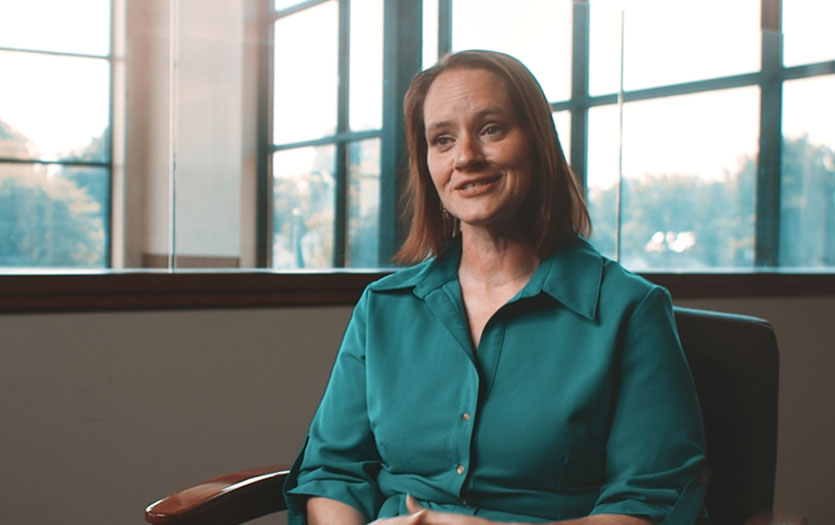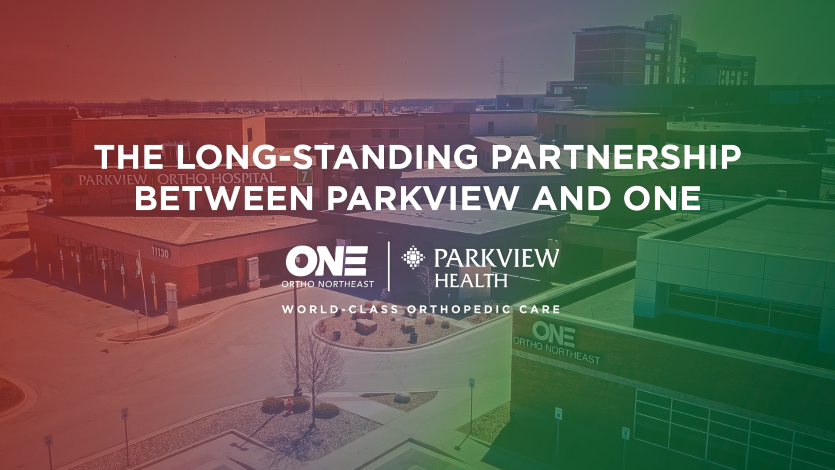
Pain, tingling sensations and muscle weakness can be signs of a condition called spinal stenosis. We asked the team at PPG – Neurosurgery, to explain the common causes and treatments of this uncomfortable diagnosis.
What is spinal stenosis?
Spinal stenosis is a narrowing of the spinal canal where the spinal cord and nerves reside. Some people are born with narrow spinal canals, but spinal stenosis can happen to anybody, with age. It’s common for spinal arthritis to run in families. Most cases of spinal stenosis are degenerative/arthritic in nature.
When someone develops arthritis of the spine, bone spurs can form, which encroach and narrow the spinal canal. In addition to bone spurs, the spinal ligaments can overgrow and contribute to the narrowing.
What are the symptoms?
The symptoms of spinal stenosis depend on the location of the spinal narrowing. Spinal stenosis in the neck compresses the spinal cord and nerves to the arms and can cause neck pain, radiating arm pain, hand numbness, difficulty with fine motor skills, leg weakness and balance difficulty.
Spinal stenosis of the low back compresses the nerves to the legs and can cause back pain, leg pain or cramps, and radiating leg pain/numbness. The symptoms are commonly worsened by walking and classically improve if walking while leaning over a shopping cart.
How is spinal stenosis treated?
Treatment of spinal stenosis depends on the severity of the symptoms. Asymptomatic spinal stenosis requires no treatment. Mild symptoms could be treated with observation or occasionally spinal injections. Severe symptoms are best treated by surgical decompression and occasionally with a spinal fusion operation. There are no good home remedies for this condition.
Can spinal stenosis be prevented?
While there isn’t a great option for prevention, strengthening the core body muscles, maintaining a healthy weight and focusing on proper posture and body mechanics may help delay the development of symptomatic stenosis.
How is spinal stenosis diagnosed?
If you think you have symptoms of spinal stenosis you should seek care from your doctor. The diagnosis is made by MRI of the spine. The team at Parkview Neurosurgery can perform a thorough neurological evaluation to help determine if treatment is necessary.



